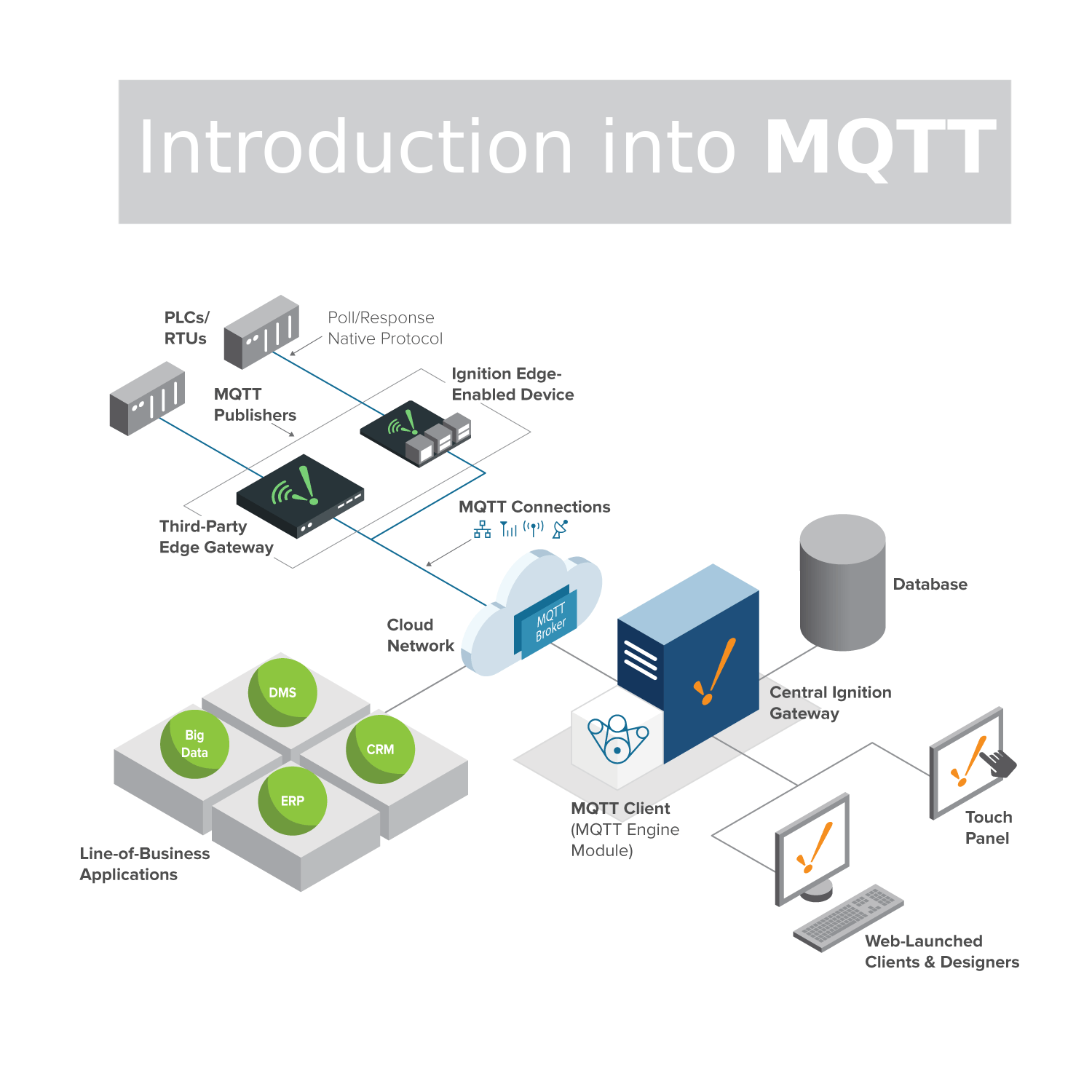Start Today and Become an Expert in Days. Join Over Million People Learning Online with Udemy. Day Money-Back Guarantee! It is simple to use and it is great for Internet of Things and Home Automation projects.

Remember last week’s post provided an overview of message brokers and MQTT. Clients can subscribe or publish messages to a central server, called a broker. Our experts have lots of experience helping companies build reliable and scalable IoT applications. The lightweight and simplicity design are great addons that make it suitable for embedded devices.

While the Arduino on its own has no networking capability, it can be connected to an Ethernet shiel allowing it to connect to the internet. Applications of MQTT.
Using Ubidots widgets, it is very easy to implement your very own IoT system using MQTT. These features make it suitable for applications in the Internet of Things, small devices, and mobile applications. It is useful for use with low power sensors, but is applicable to many scenarios.
A plain "GET" subscribes to the topic and prints all published messages. Doing a "POST" publishes the post data to the topic and exits.
Before starting this tutorial, you will need: An Ubuntu 16. A domain name pointed at your server, as per How to Set Up a Host Name with DigitalOcean. This tutorial will use mqtt.
MQTT is a perfect match for IoT. We think open source is key for the Internet of Things, and we want to get you started as simply as possible.
On this page you will find useful resources like videos and presentations given at various conferences as well as a list of server sandboxes you can use to connect your devices. Tutorials provide step-by-step instructions that a developer can follow to complete a specific task or set of tasks.
For storing data from our sensors we like to use InfluxDB - time-series database. In addition, it is really easy to use. You’ll need to get hold of an API Key as well as your credentials.
An auto-renewable Let’s Encrypt SSL certificate for use with your domain and Mosquitto, generated using the Certbot tool. A client can both be a publisher and a subscriber. The publishers and subscribers use messages to communicate with one another.
Every message is routed through the broker. For the connection the following steps are necessary, which we will explain in detail below.
If you do not yet have access to the Azure portal, you can create a free Azure account here. Note that multiple clients may all publish messages to the same topic. The device SDKs use the standard IoT Hub connection string to establish a connection to an IoT hub.
It is an ideal IoT platform to connect multiple devices. Javascript client library SDK instead of MQTT. I was working on one of my side projects in which I was required to implement Real-Time communication to track Real-Time positions of vehicles using an Android app. Mosquitto is lightweight and is suitable for use on all devices from low power single board computers to full servers.
The lua code for the NodeMCU client in this tutorial is broken up into four files, each with a specific purpose: config. Non-video tutorials are available on the Samples page.
Data Modeling Getting started guide. Note that this tutorial was tested with the following versions of the libraries: PubSubClient 2. DHT sensor library 1. Prepare and upload sketch.
Adafruit Unified Sensor 1. It’s designed to following use case. Connections to remote locations where a small code is required or the network bandwidth are limited. Es ist für die Kommunikation von Maschine zu Maschine (M2M) der Quasi-Standard geworden.
Er kann sich im lokalen Netzwerk befinden oder irgendwo im.

Inga kommentarer:
Skicka en kommentar
Obs! Endast bloggmedlemmar kan kommentera.